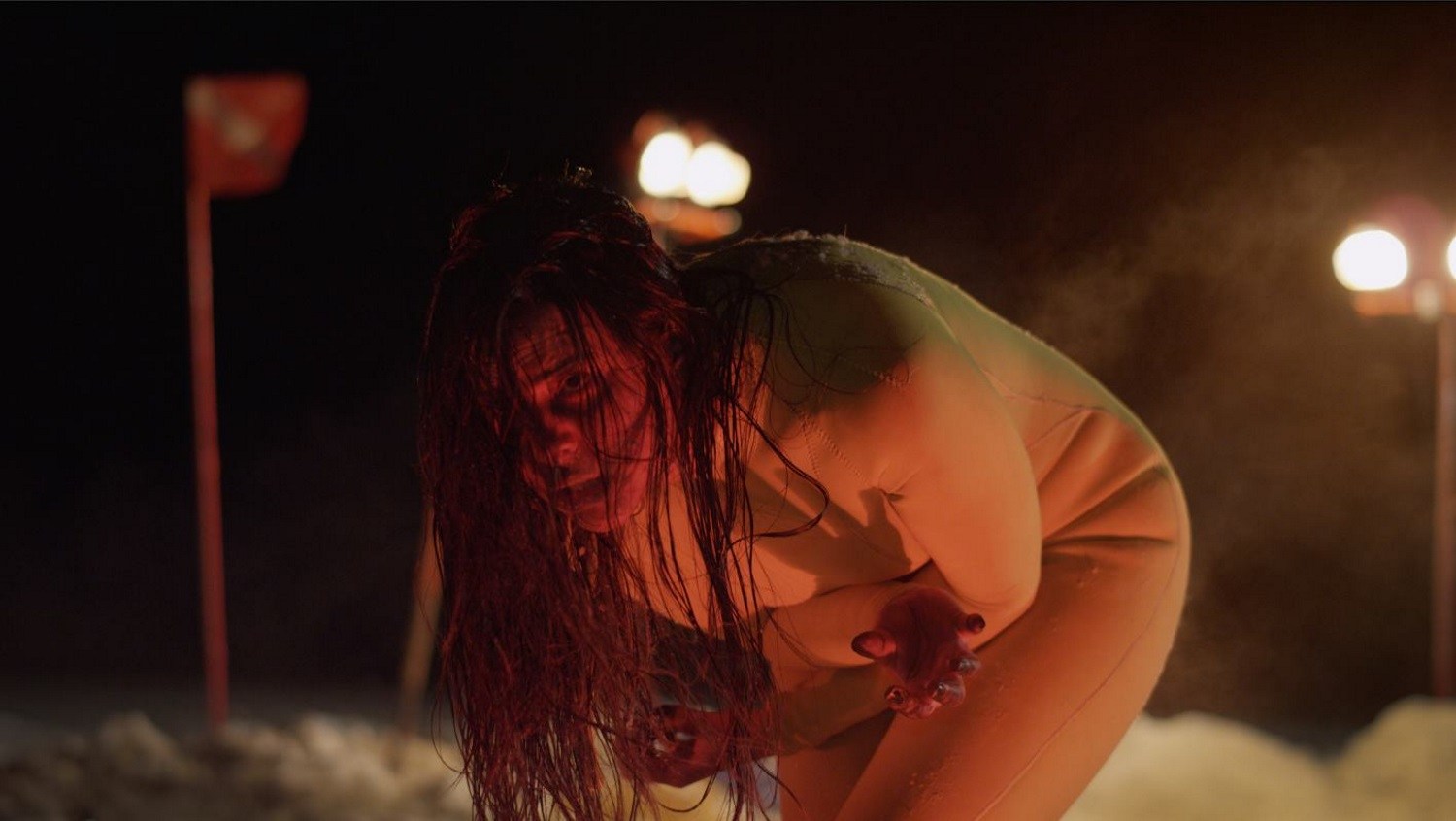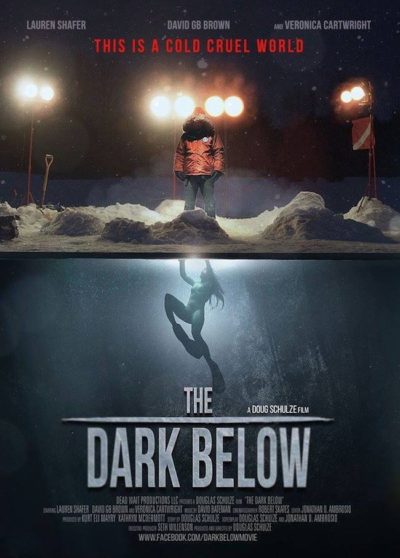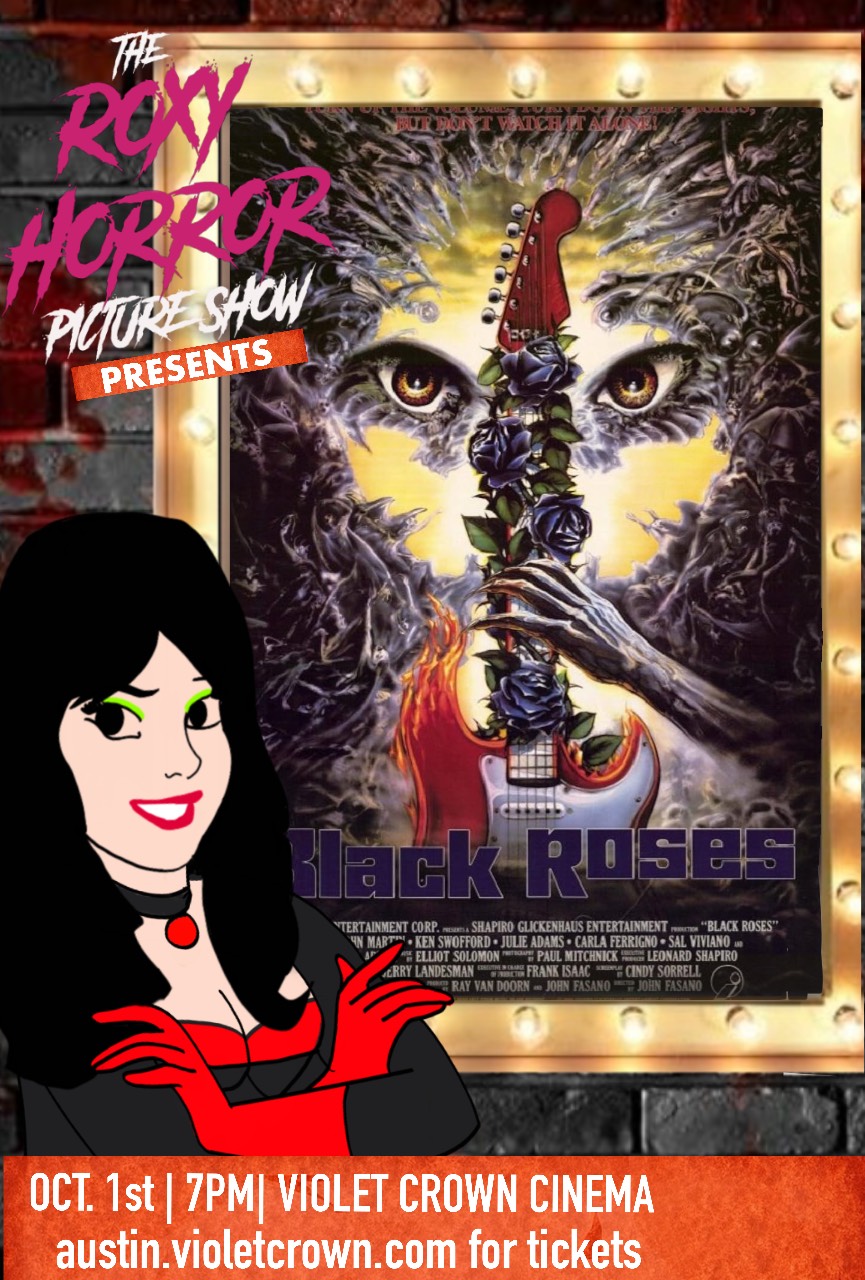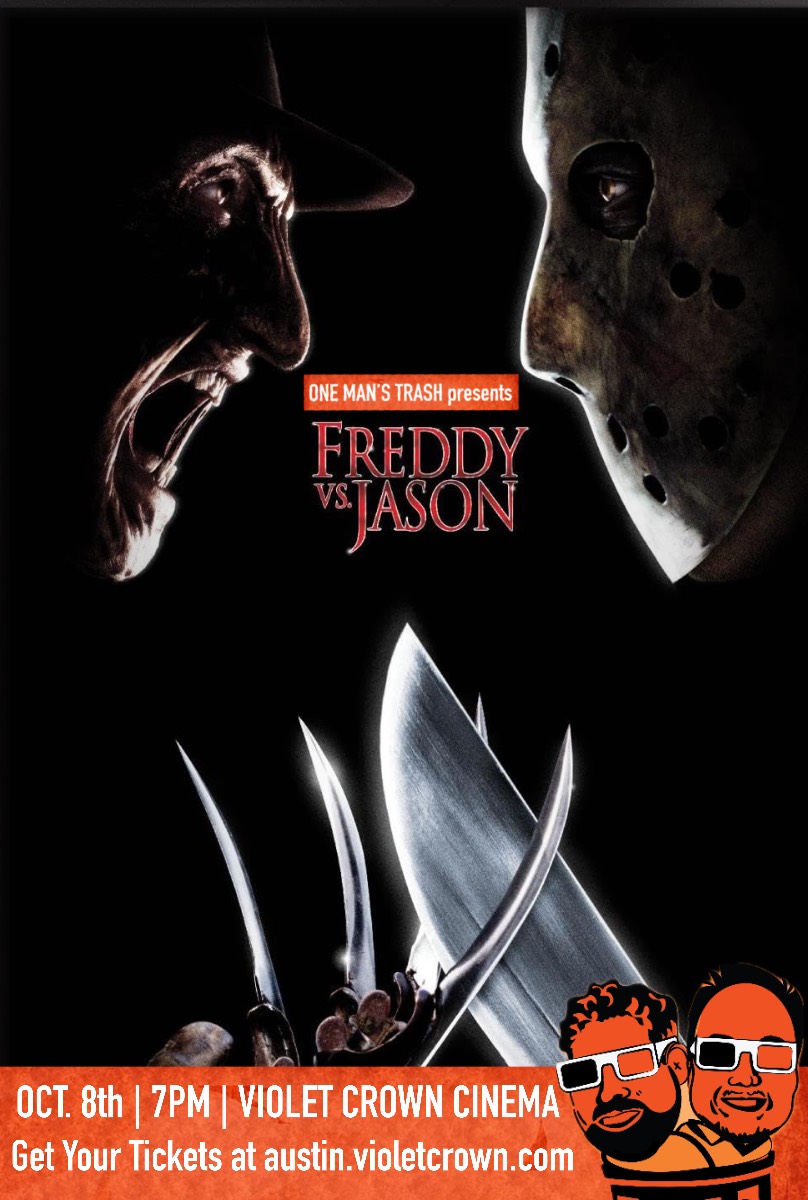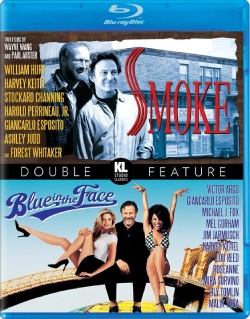The Dark Below is more of an experiment than a movie. The way you react to that statement is a good indication of how you will feel about this film. Imagine a movie that utilizes many of the conventional tropes of the horror genre and then diverges from the traditional way the story is told. There are two ways that the movie accomplishes this feat. It has no dialogue and we are thrust into the story during the climax.
The story is not told in a complete narrative so this section is another element of the experiment. The movie begins at the point when the killer abducts the heroine and traps her, hoping that she’ll drown in an icy lake. The rest of the movie is the heroine’s struggle to escape her fate while reminiscing on how she reached her predicament. We also learn a little bit about the killer and his motivations. What’s interesting is that we never learn specific details about the characters. Due to the lack of dialogue and the shortness of scenes, the audience has to ascertain the situation completely from a visual standpoint. The story itself is not too complicated and one that has been done before. It lacks depth and we get the bare minimum of characterization and background. If the story had been told in a traditional manner then it would have been bland. On the other hand, the audience is given enough information to advance the story and understand the circumstances. In the end, it is commendable for a horror movie to not become so convoluted like other films in the genre.
The performances are a little tricky to critique because of the lack of dialogue. The majority of the film is focused on the killer and the heroine, leaving everything to ride on their shoulders. They do deliver fine performances, though their acting is relegated to pantomime and facial expressions. Every so often there is a scream or a grunt but nothing too prominent. The heroine is played by Lauren Mae Schafer and she portrays the pain and agony associated with her situation very well. If you have any sense of empathy, then every scene with her is hard to watch. The killer played by David G.B. Brown does an excellent job as well by keeping a stoic look with a barely contained rage.
Another integral element to the film is the score and it is also my greatest criticism. The score is orchestral, and is quite loud and boisterous. Normally, this type of score would not fit in a horror movie of this type, but the lack of dialogue requires a more dramatic approach. Like a silent film, the score needs to signal the emotional moments. However, there is unfortunate sloppiness in regards to the sound syncing and there are moments when the score would miss its cue. There is a tense moment when the killer sneaks up on the victim and there should be a musical note depicting fright. The note is played too early and that mistake undercuts the whole scene. Since the score is so impactful then these errors become more blatant and the scene loses its potency.
The director Douglas Schulze shoots dynamically and there are so many beautiful and intense shots. There is a moment when the victim tries to crawl out of the hole and it is shot from many different angles. There is a large build up to that moment so the scene feels arduous as it is prolonged. You definitely feel the strain, frustration, and pain from her situation. Although, the issue is that there are many scenes that do this same routine and it affects the pacing. There are so many scenes of the heroine suffering that after a while it turns into torture porn.
The Dark Below is an experiment that succeeds more than it falters. Even though the story is skeletal and the score is off at times, it more than makes up for it with good performances and direction. If you do not mind having to sit through 75 minutes of a person suffering, then I would highly recommend it.
The Dark Below will be opening in select theaters on March 17, 2017.

